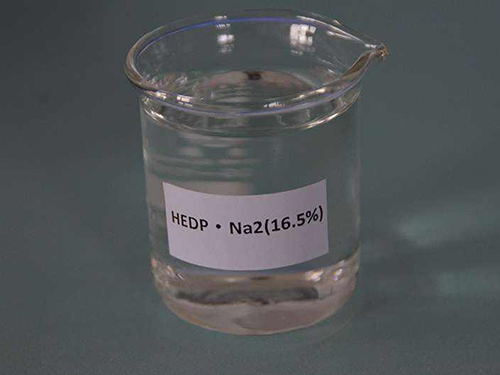isothiazolinone in detergent
Isothiazolinone in Detergents An Overview
Isothiazolinones are a class of synthetic compounds that function primarily as biocides and preservatives. They are widely used in various industrial and consumer products, including detergents, due to their effective antibacterial and antifungal properties. This article explores the role of isothiazolinones in detergents, their benefits, potential health risks, and regulatory considerations.
What Are Isothiazolinones?
Isothiazolinones are heterocyclic compounds characterized by a five-membered ring containing both sulfur and nitrogen. The most common types found in detergents are methylisothiazolinone (MIT) and chloromethylisothiazolinone (CMIT). These compounds are effective against a broad spectrum of microorganisms, including bacteria, fungi, and yeast, making them valuable in preserving the integrity and longevity of detergent formulations.
Role in Detergents
Detergents are formulated to clean various surfaces and materials by breaking down and removing dirt, grease, and stains. To enhance their effectiveness and shelf life, manufacturers often add isothiazolinones as preservatives. These compounds help prevent microbial growth during storage, ensuring that the cleaning products maintain their efficacy over time. In household and industrial detergents, the presence of isothiazolinones can contribute to cleaner, fresher products that perform well in various cleaning applications.
Benefits of Isothiazolinones
1. Broad-Spectrum Activity One of the primary advantages of isothiazolinones is their ability to combat a wide range of microorganisms. This broad-spectrum activity means they can effectively reduce the risk of contamination in detergent formulations.
2. Low Concentration Requirement Isothiazolinones are generally effective at low concentrations, making them economically viable for manufacturers. This efficiency allows formulators to create effective cleaning products without excessively high amounts of preservative.
3. Stability Isothiazolinones exhibit good stability in both acidic and alkaline environments, which is important in various cleaning applications. This stability ensures that they remain effective throughout the product's shelf life.
isothiazolinone in detergent

4. Compatibility These compounds can be easily integrated into various detergent formulations, including liquid and powdered detergents, thanks to their compatibility with other ingredients.
Health and Environmental Concerns
Despite their effectiveness, isothiazolinones have come under scrutiny due to potential health risks. Exposure to these compounds, especially in high concentrations, has been linked to skin irritation and allergic reactions in sensitive individuals. Research has shown that MIT, in particular, can cause contact dermatitis, a condition where the skin becomes inflamed and itchy upon exposure.
Moreover, environmental concerns arise from the persistence of isothiazolinones in aquatic ecosystems. These compounds can be toxic to marine life, prompting an increasing number of regulations aimed at minimizing their use in consumer products.
Regulatory Landscape
In response to potential health and environmental risks, regulatory agencies across the globe have taken steps to limit the use of isothiazolinones in consumer products. For instance, the European Union has banned certain concentrations of MIT and CMIT in leave-on products and has introduced stricter guidelines for their usage in rinse-off products like detergents.
Manufacturers are encouraged to innovate and find alternative preservatives and formulations that do not compromise the efficacy of their detergents while also addressing health and environmental concerns. This has led to a growing trend of creating free-from cleaning products, which are marketed as safer and more environmentally friendly.
Conclusion
Isothiazolinones play a significant role in the formulation of detergents, providing essential antimicrobial properties that help preserve product integrity. However, the health risks and environmental concerns associated with their use cannot be overlooked. As consumer awareness grows and regulatory scrutiny increases, the cleaning industry may need to adapt by seeking safer and more sustainable alternatives. Balancing product performance with health and environmental safety will be critical in the future of detergent formulation.
-
The Ultimate Guide to Flocculants: Transforming Water TreatmentNewsNov.01,2024
-
Improve Your Water Treatment Solutions with PolyacrylamideNewsNov.01,2024
-
Enhance Your Water TreatmentNewsNov.01,2024
-
Empower You to Achieve the Highest Standards of Water QualityNewsNov.01,2024
-
Effective Scale InhibitorsNewsNov.01,2024
-
Discover the Power of Poly Aluminum Chloride in Water TreatmentNewsNov.01,2024





